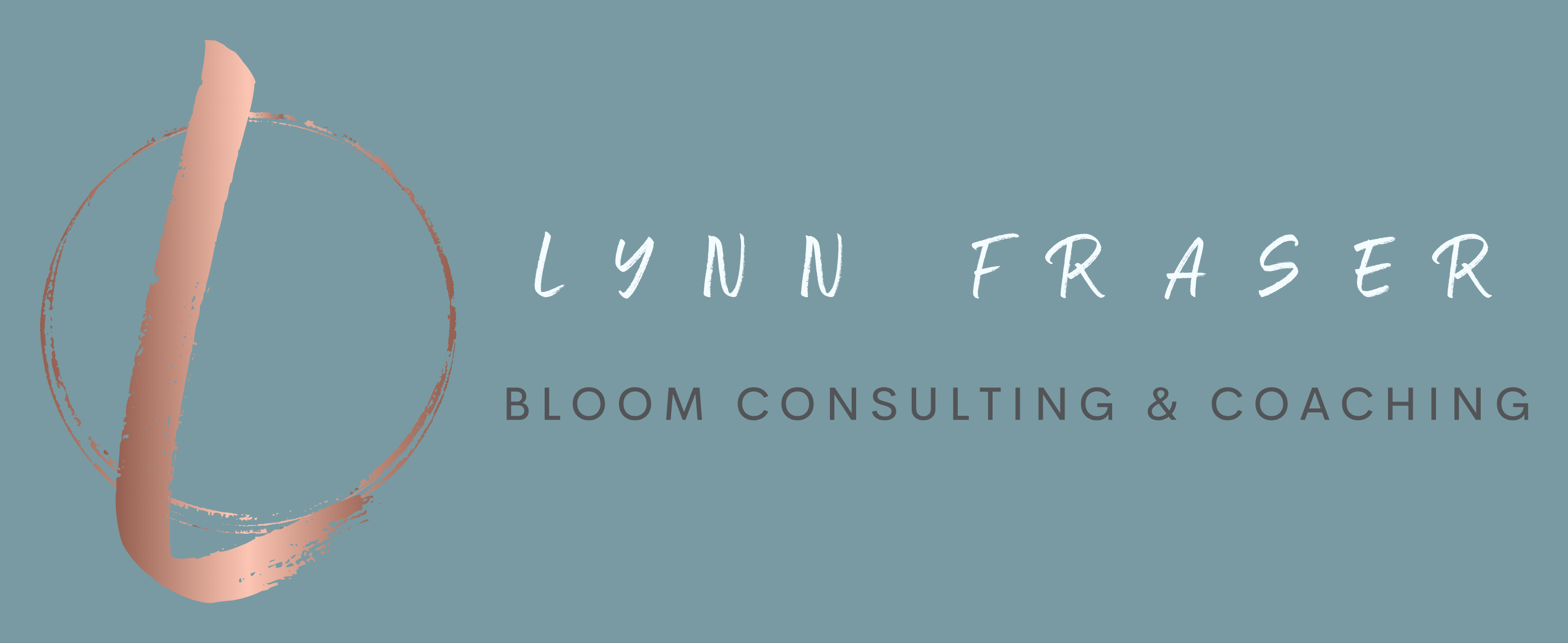What is Bench Strength?
On the sports field, bench strength is the quality and number of players sitting on the bench to substitute during a game, in case of injury or other reasons a player might be unable to play. However, in the boardroom, bench strength is the number of competent employees ready to fill vacant critical leadership and other roles, when vacancies occur.
What are the Benefits of Increased Bench Strength?
In the “build or buy” debate, it is always cheaper for companies to develop and promote talent internally. That being said, “building”, is the more challenging option. The benefits of having a great pool of talent which is “ready now” or “nearly ready” to move to their next role, is that when positions become vacant (which they can at any time), you have employees who are readily available, trained and motivated to move into those roles. This makes “building” your own internal talent more cost effective and faster. The savings on money, time and internal recruitment resources is invaluable. It also means that as your company grows, people grow with it, contributing to overall engagement. Below is a list of 6 ways you can improve your companies bench strength.
Create a Culture of Learning and Growth Focused on Strengths:
Encourage a focus on strengths by talking about them, measuring them and rewarding them. All too often companies do an annual or biannual performance review which highlights what the employee is doing well and
encourages them to focus on what they are not doing so well, in order to improve their score. However, research indicates that if we focus on the things that we are good at, as opposed to the things that we are not so good at,
success is more likely. I liken this to my friend who has a son who is not academically minded but is the most brilliant sportsman. He is a born runner and athlete and has always excelled at any sport. Instead of sending him for extra math lessons, she has enrolled him in a school which specializes in athletic ability. He would still be expected to pass his grades, but the focus is on strengthening his natural athletic ability, while he studies. An
interesting phenomenon has occurred since enrolling him in this school, his grades have improved! With the success he has experienced on the sports field, his self-confidence has improved. Being in a classroom with like-minded students has made him feel more at ease and he has “found his groove”.
If only we could do this in the corporate environment: find a way to downplay peoples’ areas of development but beautifully highlight their strengths, many of which often go unnoticed.
Have robust leadership development initiatives in place, suitable for all levels of talent pools: those who may be new and emerging talent or those who have been identified as high potentials. Different levels require customized programs to suit their specific needs. Having at least one batch of employees a year go through these programs, allows you to bump up your talent pools with “ready now” or “nearly ready” talent. This will future proof your organization in a very uncertain world and provide welcome relief to the recruitment department.
Ensure you Map Critical Roles in Your Organization:
Know which roles contribute to the critical success of your organization. For example, if a certain head of department were to leave unexpectedly, would the department continue to run as usual or would this leave
a costly gap in the business which might be difficult to fill? Identifying critical roles makes development efforts more targeted and ensures that the budget is being spent on the right development initiatives.
Know the Future Needs of Your Organization:
E.g. Growth, restructures or planned mergers and acquisitions. Things that are now only on the distant horizon may appear insignificant, but when the time arrives, they may very well stop you in your tracks due to a lack of preparation. Knowing what is in your future will positively affect your manpower planning. Predict, plan and prepare. The adage is true: if you fail to prepare, be prepared to fail. The saying holds true as much in the corporate world as on the sports field. Estimating what talent you will need for the future will help clarify in which roles, you need to clearly identify successors. Having the right candidates “ready to go” in your talent pools will make the next step much easier.
Open the Doorway to Meaningful Discussions:
Hold frequent discussions with heads of department, HR and Talent Professionals. Also hold frequent discussions with operations, encouraging management to be vigilant about spotting internal talent and nominating those
people for talent development initiatives. So often in my career, I have witnessed companies employ an external person for a role for which an internal applicant might have been overlooked. The reason for this, is sadly often political and not necessarily the best option for the business. The newly appointed person would
have to wait six to eight months to become familiar with their new role and often would need to be trained by the very same internal applicant. Sadly, it is often true that the trainer would have absolutely been able to do the job
and would likely also have been onboard a lot faster. So, in effect, the external placement not only causes the internal applicant to become highly disengaged, it also causes a costly disruption to business, aside from the
added recruitment costs. Why do companies do this? Because they do not have a robust and unbiased mechanism for spotting and developing internal talent.
Get Good at Identifying Talent for Critical Roles:
Be sure your organization has talent spotters at all levels. People who are exposed to the successes and work of colleagues at grass roots levels are in a good position to be spotting those whose potential may sometime slip under the radar, undetected. Staffers who may be good at this could be HR business partners, operations, learning and talent professionals, as well as internal career coaches and mentors. Keep a record of peoples’ qualifications and outside interests. You never know when the company may need those skills. It is also good to bear in mind that talent is not necessarily those who have the best business results or a good track record of success in a current role. A recent trend in talent management is to highlight people based on their potential for success rather than their previous success, which again, may be hidden from plain sight. Having rigorous
assessment processes in place can help but is not a fool proof solution. There are so many things which affect the performance of employees, but as humans, we tend to assume it is always incompetence. It is often not. The most unexpected of performers can shine, given the right opportunity, encouragement and environment.
Companies that thrive, like Google, Apple and Mcdonalds, have got this right.
Develop People Cross Functionally:
Knowing who to develop for what roles, is key to any development program. Once the critical for success roles of a company have been identified, it is imperative that high potential or emerging talent within the organization
is identified to fill these roles, even if the roles are currently not vacant. Talent development programs should be future focused. It is good practice to develop a group of individuals who have demonstrated great potential by
ensuring they work cross-functionally within the business. This means that any of the candidates being developed, can fill numerous leadership roles, not necessarily only those related to their area of specialty. When you build
generic leadership skills across multiple domains within an organization, you are increasing the capacity of your leadership and hence, your bench strength. Also, focusing on skills required in the future is paramount for a companies’ success.
The World Economic Forum has cited 10 top skills which will be required of leaders in 2025. Know them, develop them and ensure you are future proofing your business with the skills required for years to come, across all levels and functions.
Quality is Everything in the Game of Talent:
The quality of the candidates on your companies’ “bench” will depend largely upon the quality of your development programs, the speed and efficiency at which you are able to identify internal talent and the success of your attempts to build a learning culture. Most companies have great internal talent, they are just not that good at identifying, developing and promoting it.
To ensure that you begin to build your bench strength, start putting these building blocks in place today. Don’t allow your company to be one of those who tend to overlook their internal talent, rather, focus your efforts on the
right people to deliver the right results. There is no time quite like the present.
If you need help building your companies bench strength, I can help. I am a qualified coach and leadership development specialist, contact me HERE


